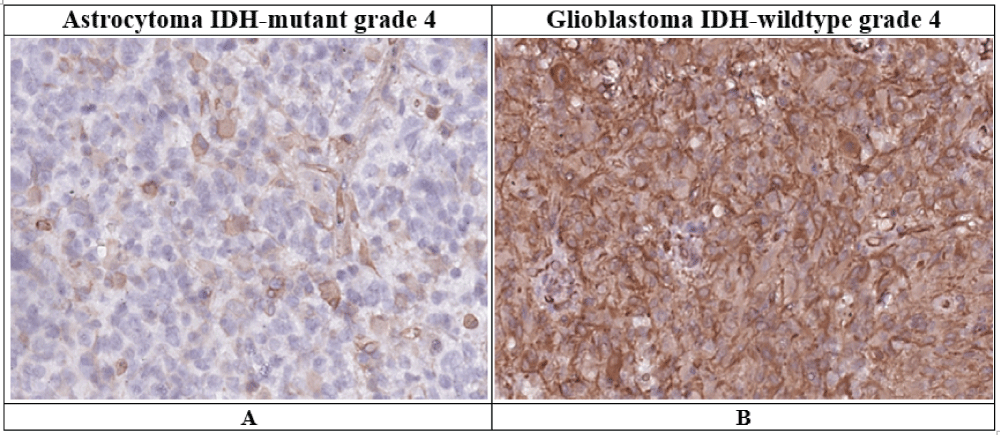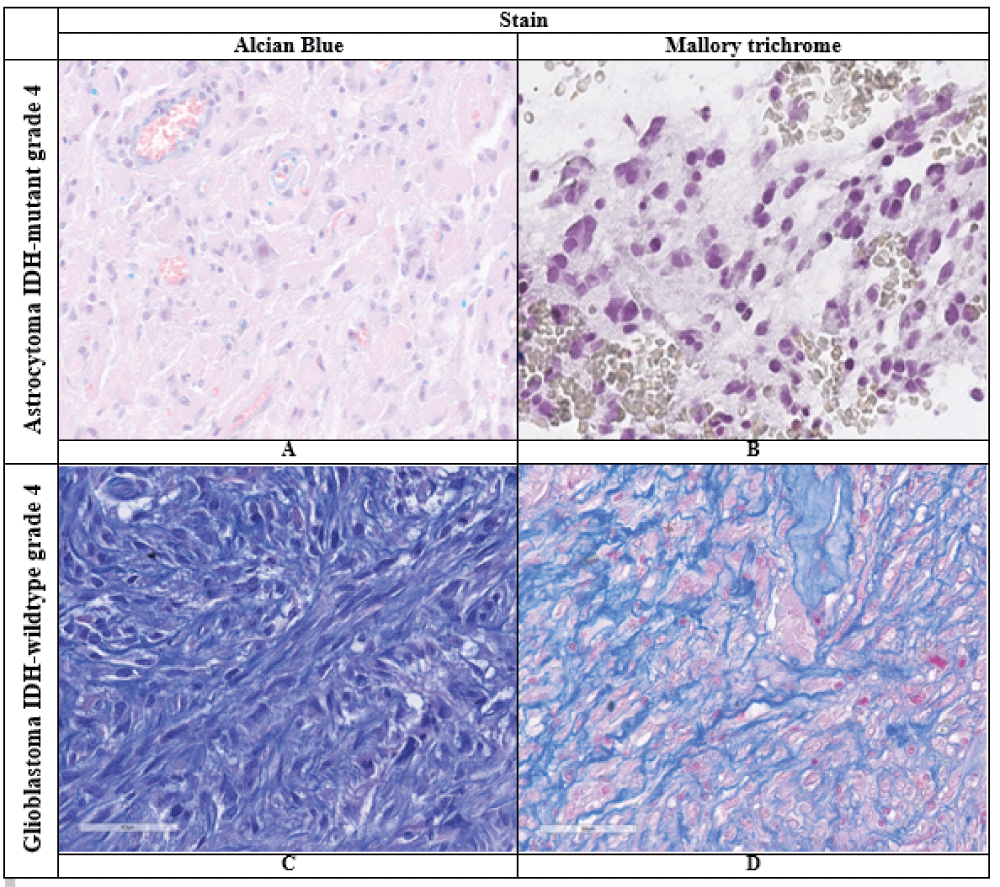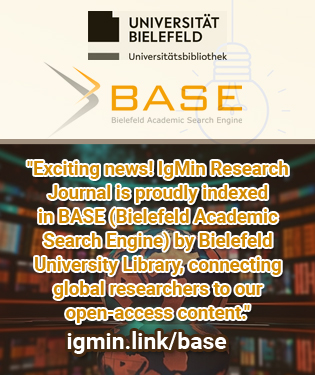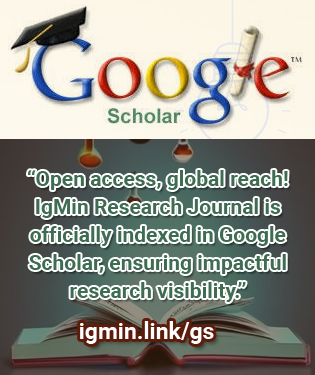要約
High-grade gliomas are known for their aggressive nature and resistance to therapy. One characteristic feature of these tumors is the lack of a clear border between the tumor and normal brain tissue. Previous studies have shown that as gliomas dedifferentiate, the extracellular matrix (ECM) undergoes changes in its composition and architecture. This is due to increased production and overexpression of ECM components such as hyaluronic acid, fibulin-3, and collagen. However, it is not yet known what specific changes occur in the stroma of high-grade gliomas depending on the v in the IDH1 gene. In our study, we examined tumor tissue samples from 31 patients, 10 of whom had verified IDH-mutant astrocytoma (grade 4) and 21 had IDH-wildtype glioblastoma (grade 4). The presence or absence of mutations in the IDH1/2 genes was determined in all patients using immunohistochemistry (IHC) and polymerase chain reaction (PCR). To assess stromal changes, we used histochemical staining with Alcian blue and Mallory trichrome. Our results showed significant differences between the two groups according to Student’s t-test (p < 0.05) for all stainings. The presence of mucus formation, collagen formation, and expression of vimentin by tumor cells in the stroma of IDH-wildtype grade 4 glioblastoma indicates an active epithelial-mesenchymal transition and changes in the extracellular matrix. These findings may explain the more unfavorable prognosis in patients with glioblastomas and could potentially serve as a therapeutic target in the complex treatment of malignant gliomas.








